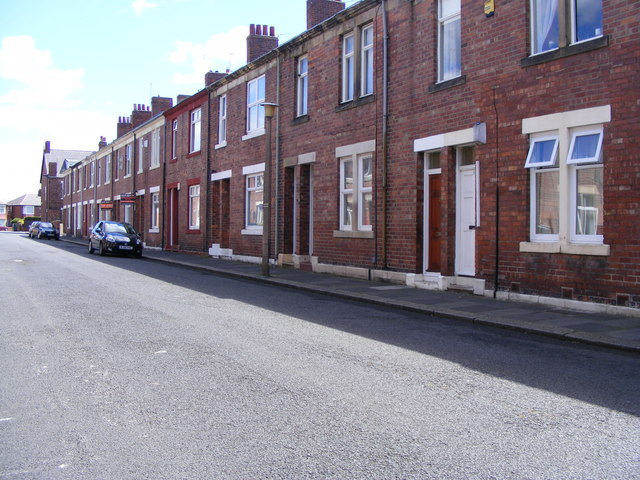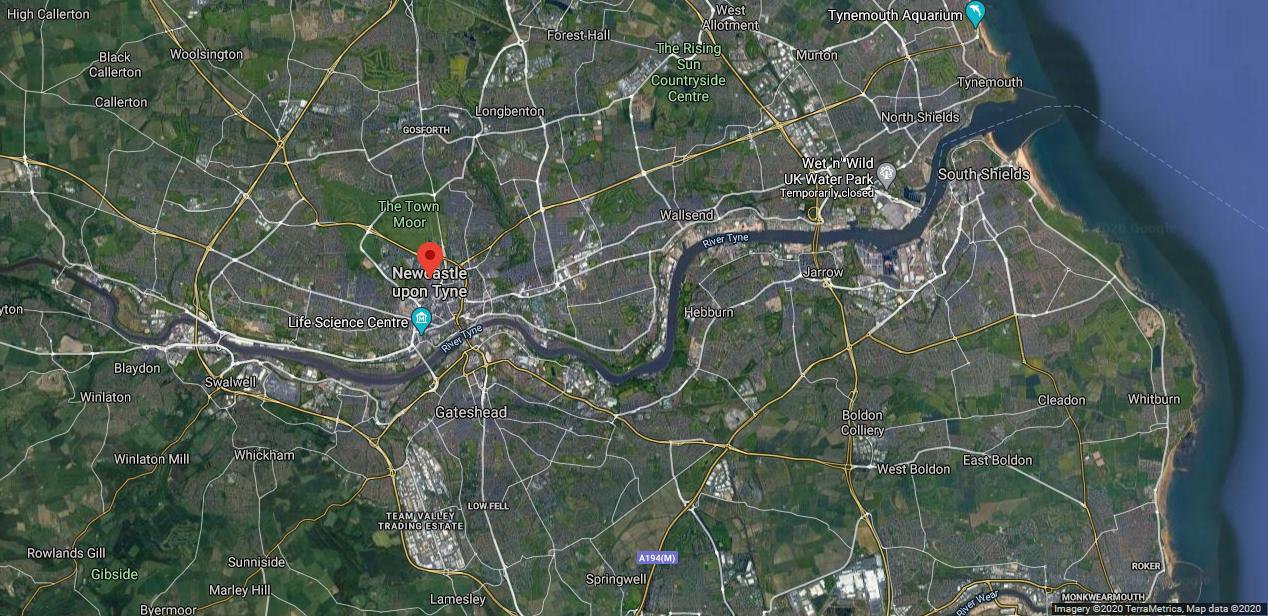 In Julia Darling’s ‘Calling from Newcastle’, which opens The Book of Newcastle, one character says of his hometown, ‘I grew up here. I can’t see it from the outside.’ Darling explores what it means to celebrate one’s city from the inside, deftly delineating Newcastle’s edges and tracing its well-trodden routes. This interest echoes throughout The Book of Newcastle, which features ten short stories set in and around the city. Edited by Angela Readman and Zoe Turner, the collection showcases the work of well-known North East writers including Sean O’Brien and Portico prize-winner Jessica Andrews, alongside up-and-coming talent such as Degna Stone.
In Julia Darling’s ‘Calling from Newcastle’, which opens The Book of Newcastle, one character says of his hometown, ‘I grew up here. I can’t see it from the outside.’ Darling explores what it means to celebrate one’s city from the inside, deftly delineating Newcastle’s edges and tracing its well-trodden routes. This interest echoes throughout The Book of Newcastle, which features ten short stories set in and around the city. Edited by Angela Readman and Zoe Turner, the collection showcases the work of well-known North East writers including Sean O’Brien and Portico prize-winner Jessica Andrews, alongside up-and-coming talent such as Degna Stone.
Nothing earth-shattering happens in these stories: they take place in the city’s offices and living rooms, parks and pubs, exploring the everyday moments that make up life in Newcastle. ‘Calling from Newcastle’ depicts Gloria, a young call centre worker navigating the world around her and fathoming her place within it; in doing so, she must engage with the physical spaces of Newcastle. In ‘Duck Race’, Crista Ermiya explores similar ideas of what it means to feel at home in a city. Ermiya imagines her protagonist reluctantly hosting her ex-partner and his new wife in her Heaton flat, presenting her reader with the striking image of a ‘mental map of Newcastle, one that was hard to share because it was made up of small things, the insignificant landmarks of the everyday.’
Collectively, the ten stories situate Newcastle within a region extending down into the suburbs of Gateshead and up to the ex-mining villages of Northumberland. At its heart, however, this collection is about the city, and we follow characters around Ouseburn, Jesmond and Heaton, eavesdropping on conversations in Newcastle’s most well-loved buildings. J. A. Mensah’s ‘Thunder Thursday on Pemberton Grove’ examines Newcastle’s interconnected spaces and the relationships fostered by them, epitomised by the city’s idiosyncratic Tyneside Flats. Mensah depicts a community in which people of different ages and ethnicities mingle, as the dynamics of the flats become representative of city living more broadly.

Introducing the collection, Readman writes that ‘the structure of the city seems to tell us a story about the people who have lived here through the years.’ Across the collection, we get the sense of a city in flux, particularly in Margaret Wilkinson’s ‘The Here and Now’, centring on an ill man’s decision to purchase a lot for himself in Westgate Hill Cemetery. Past and present mingle throughout the narrative, with repeated allusions to changing street names suggesting sites superimposed upon each other, the old places making way for the new. The subjects of history and transformation are well-suited to depictions of Newcastle, a former industrial powerhouse which has experienced periods of intense deprivation, and, more recently, undergone processes of regeneration and gentrification. This latter shift is portrayed movingly in Sean O’Brien’s ‘Tabs’, which takes up the subject of smoking bans to explore Newcastle’s changing cultural landscape at the turn of the millennium, and in Jessica Andrews’s ‘Blood Brothers’, which compares the divergent life experiences of two childhood friends. In such stories, the city’s regeneration is underpinned by feelings of loss and a sense of receding heritage.
Many of these narratives are couched in the cadences of North East speech and peppered with Geordie dialect: reading them, we enter a world of grand-bairns and gadgies, gobs and cack. Yet the collection also features those who are able to observe what Sean O’Brien aptly describes as ‘Geordismo’ from a remove; the ten stories are told from myriad different perspectives, from immigrants to pensioners who have lived in the city all their lives. The result is a kaleidoscopic, jigsaw-like view of Newcastle, as much about the people who have chosen to make their home in the city as those born here.






What do you think? Share your thoughts below.